If you read part one of our blog, Breaking Down Our Embedded FM Podcast Interview, get caught up on the conversation full of engineering banter here! You can catch the full podcast in audio form to experience Doug, Elecia, and Christopher on the mic.
Now that we’ve kicked off the previous discussion featuring mechatronics & robotics, motion systems, and control systems, let’s keep this Embedded FM podcast party going.
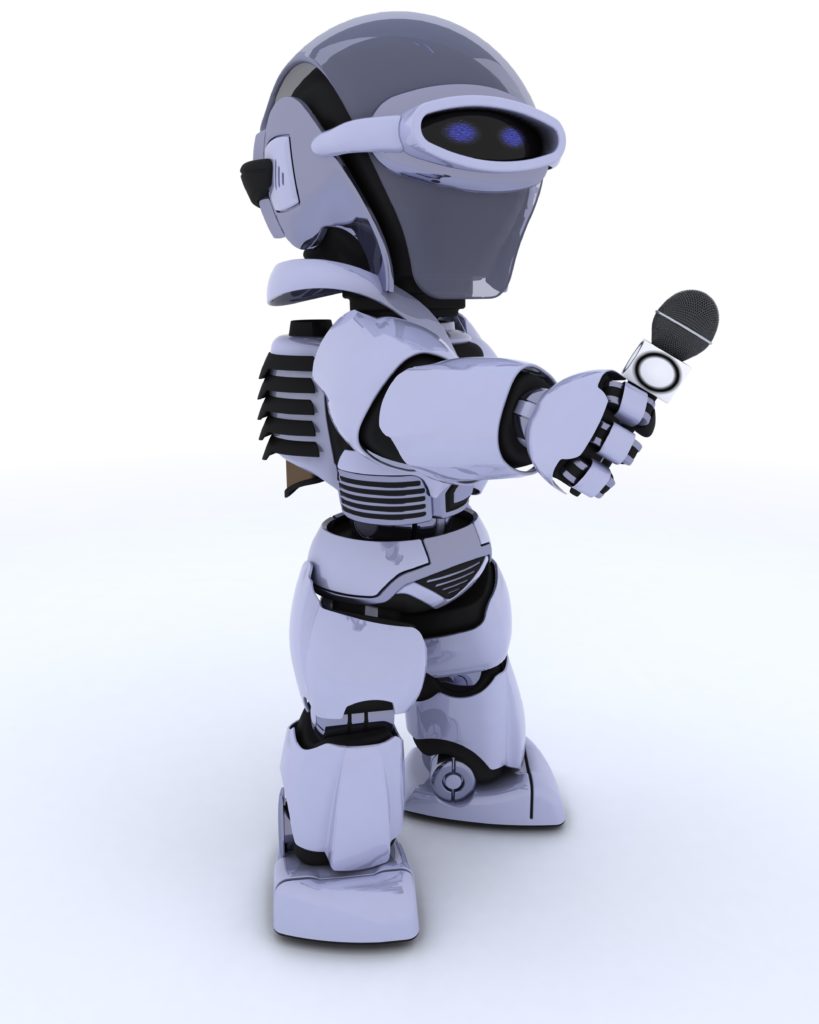
Mic check one two
Software vs. Mechanical & Electrical Engineering
I was asked: if I could do it all over again, would I choose to do software first, or start my schooling with a mechanical engineering degree as I had. I thought about what it took to get to this point and what would be the most beneficial to someone taking a similar career route. I think mechanical and electrical engineering are a critical foundation since you need to understand the engineering and the physics of the components behind the scenes.
When I was getting ready to go to college, I was touring different schools and talking to professors about the field of robotics. I was surprised that they all recommended I follow a mechanical engineering path. However, I do wish I would have taken a lot more programming during my undergraduate education.
Control Algorithms
Most people have heard about PID (proportional–integral–derivative controller) because it’s the one class that tends to be taught in undergrad. EE’s, ME’s, and chemical engineers will all get some introduction to control systems and PID. It’s fairly intuitive. There are some good rules of thumb out there which can give you basic steps to go through to get a system tuned. Most control loops implemented in the world are PID or some variant thereof.
Aside from PID, there are more advanced control algorithms. There is a large field of linear control systems starting with state space control that is all based off of a system model. If you remember your controls class, you probably talked about root locus and how you change the gains and the poles, and the system poles would follow some specific trajectories. The great thing about state space is you get to put the poles wherever you want them so it’s really easy to find a control law to stabilize things.
Learn more about control algorithms, linear, and differential equations in our clip.
The more you know, the more you don’t know
I had to laugh when Elecia said, “I just want to make a robot, do I need to know all this stuff?”
Engineering. It’s one of those things where the more you know, the more you realize you don’t know. You definitely don’t have to know everything to get basic performance. Like any area of engineering, the more you want to dial things in and the more you want to reduce cost, increase performance, and push limits, it’s helpful to have intuition around where things can go but there’s lots of other ways to address things.
Sometimes you can follow your gut and can take basic steps to identify problems. Turning the motor on and off (bang-bang control), has been used for real problems and is a simple technique discussed in grad school for satellite attitude controls. They would just turn a rocket motor on and then turn it back off quickly to position satellites. It’s a tried and true method and something you can play with easily.
If that isn’t enough, a PID loop is probably a good place to start. There are some good techniques around how to tune those, but there are also some tips and tricks. Sometimes, I like to throw in a feedforward control. Feedback is great for dealing with uncertainty in the system parameters. You may get some disturbances that come in such as someone bumping your robot and your system needs to compensate for that. Feedforward really lets you take care of the things you do know pretty simply and can save some time in your tuning.
Learn more about troubleshooting, feedforward & feedback, stepper motors, and more!
Deconstructed parts of electrical stepping or stepper motor
Types of Motors
To really get into the topic of systems engineering there are different types of motors to discuss. The types of motors I deal with the most in product development, tooling systems, measurement systems, or testers are:
- Stepper motors
- Brushed DC motors
- Brushless DC motors
Deciding which class of motor or technology you want to use is a pretty big decision with a lot of options to take into consideration based on the desired outcome and type of product you are designing.
Dive into the world of motors with us and the Embedded crew as we discuss everything you want to know about motors related to product design.
A little advice to the future engineers out there
Some parting words and a little advice to anyone looking to follow a similar career path…
- Look into mechatronics programs that your school may offer
- Take electives in other engineering disciplines
- Regardless of your intended discipline, learn to program
- Get to know the people in other disciplines and understand their role in the system. What are their constraints? What drives costs?
- A lot of companies have a “lead” or “motor guru” that understands this stuff. Align yourself with that person if possible. Learn from them.
When Doug grows up, he’d like to spend less time managing and more time playing with mechatronic systems. Especially those made of Lego® components.
To get into more depth than what is covered in these blog summaries, listen to the full Embedded FM podcast episode here!
Do you have a question about mechatronics, robotics, motion systems, control systems, or mechanical engineering? Drop us a line and let us know how we can help!

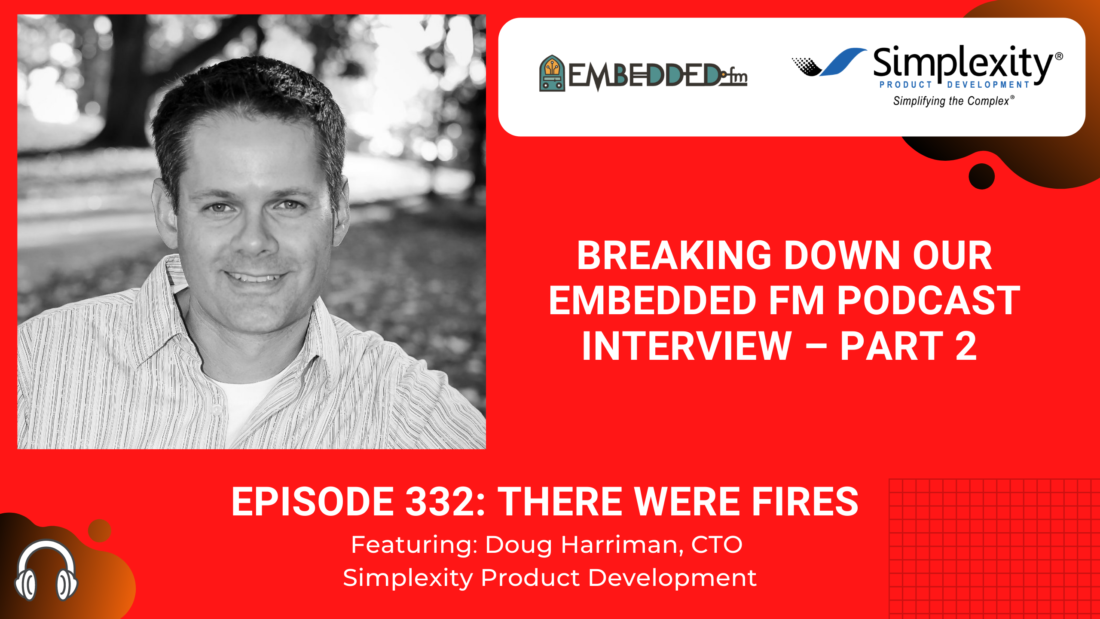
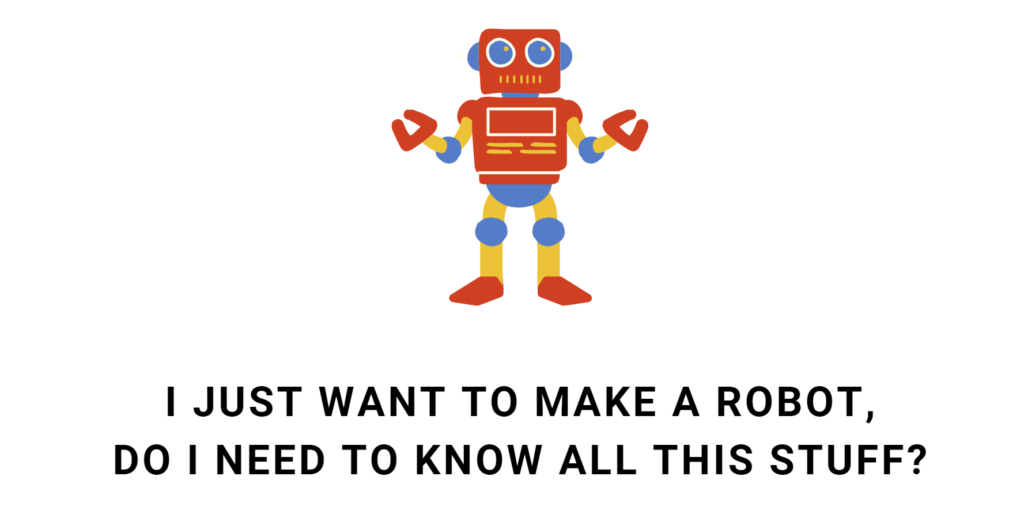

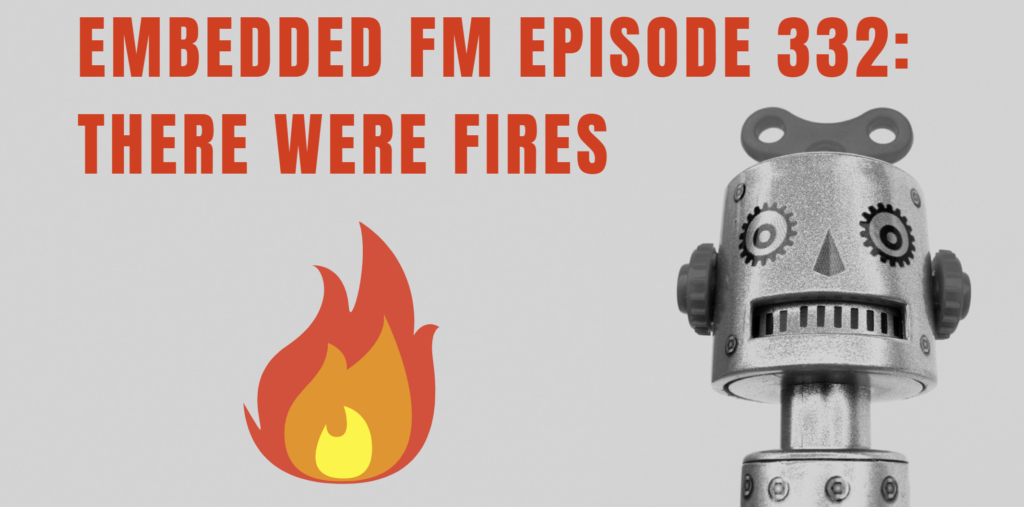
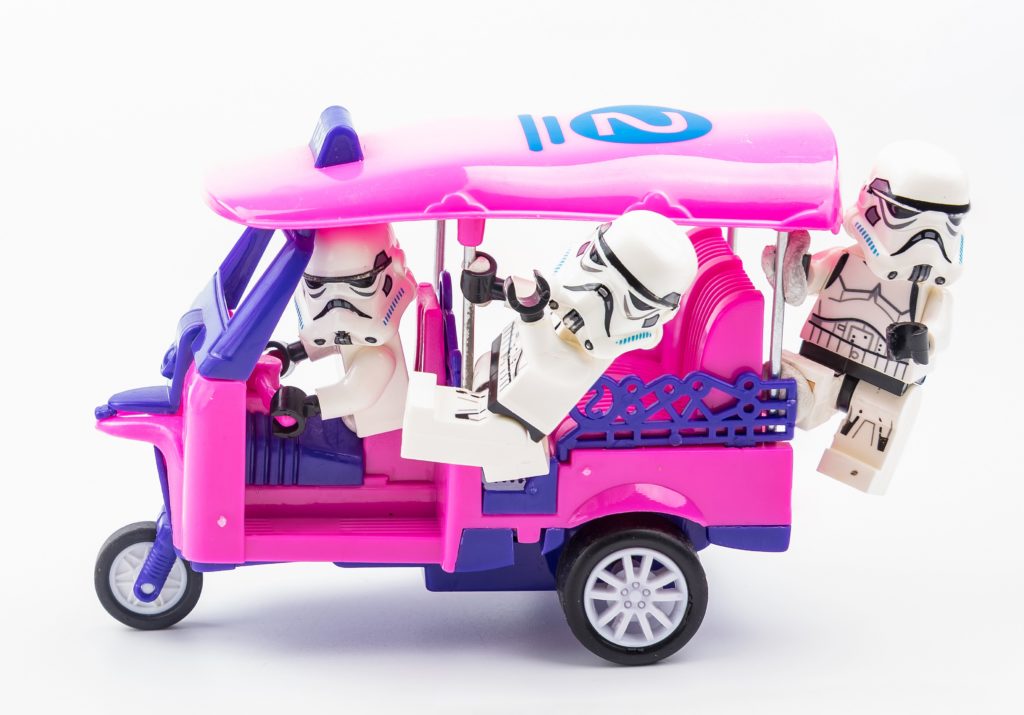 When Doug grows up, he’d like to spend less time managing and more time playing with mechatronic systems. Especially those made of Lego® components.
When Doug grows up, he’d like to spend less time managing and more time playing with mechatronic systems. Especially those made of Lego® components.